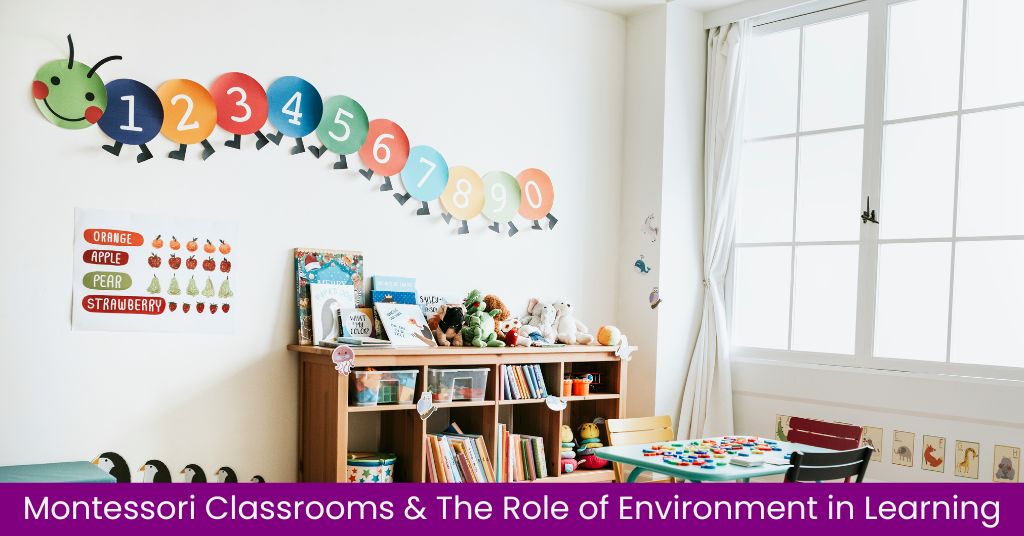Introduction
In Montessori education, children learn through self-directed activities, practical learning and play. In a Montessori classroom, children make their own decisions about how to learn, and the classroom and teacher provide age-appropriate activities to guide their learning. Children work together and independently to explore the world around them and reach their full potential. Choose Brainy Stars International Montessori & School the best among Jayanagar schools.
What is a Montessori classroom?
A Montessori classroom is a classroom set up in a way that meets the needs of students in a particular age group. Dr Maria Montessori found that teaching children in this way taught them more about language, math, science, social skills and so much more.
Role of Montessori materials
Each piece of Montessori material supports a part of child development. This means that each piece of material creates a relationship between the child’s natural interest and the activities available to them. Children can learn independently and in their way. They can respond at any time to the natural curiosity that exists in all people and build a foundation of lifelong learning.
To be considered authentic, a Montessori program must have the following components:
- Multi-age groups that promote peer learning
- Uninterrupted work time
- Guided choice of work activities
- A full set of Montessori-designed learning materials carefully organized and accessible in an attractive setting
- A learning triangle between the teacher, the child, and the environment
- The teacher prepares the classroom to promote independence, autonomy within boundaries, and order
- The child, through personal choice, uses what the environment provides to develop his or her skills and interests.
- The child interacts with the teacher at times when he or she needs help and/or direction
If you are looking for the best preschool in jayanagar that qualifies to be called a Montessori, Brainy Stars stands out as leading.
What is the environment at Montessori school?
The concept of multiage groupings is central to the entire Montessori method i e. Younger children are taught by older children, and older children reinforce each other by teaching concepts that they have already learned. This structure also reflects the reality of working and socializing with people of different ages and personalities.
According to Dr Montessori, children go through a period of growth called a “sensitive period” or “window of opportunity.” As their students grow, their Montessori teacher organizes lessons and materials around these “sensitive periods,” when learning occurs most naturally and is most internalized.
Sensory-motor activities are the foundation of Montessori learning in early childhood. Students work with materials that help them develop their cognitive abilities through direct experience of things they can see, hear, taste, smell, touch, and move.
As the child progresses through the elementary years, he organizes his thinking through work using the Montessori teaching materials and a multidisciplinary curriculum as he transitions from the practical to the abstract. He begins to apply what he has learned to real-world situations.
Conclusion
The Montessori approach to learning is a lifelong adventure that invites children to explore in ready and natural settings. It provides them with the skills they need to thrive in life and discover their true selves.
In a Montessori education, children are taught mindfulness, kindness, peace and freedom in a well-prepared environment. Children are given more individual attention than other forms of education, while the environment promotes intrinsic motivation and long periods of focus. The materials are designed for particular stages of child development. Multi-age classrooms foster a sense of community and belonging.
At Brainy Stars, the Montessori method of learning helps children to understand their world. This helps them to sharpen their perception and makes them curious. Learning to count, calculate and write or read is only a result of the children’s involvement in a well-prepared school environment. We at Brainy Stars International Montessori, the best schools in Jayanagar give importance to grooming a child holistically, from an early age and endow them with the skills required to realize their dreams.





